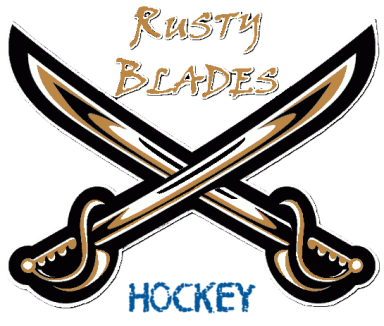Rules of Beginner League
These are rules that are specific to Beginner League.
- Helmets: a cage or visor (half-shield) must be worn. Helmets should not be removed while sitting on the bench. Helmets must be secured with a chin strap at all times while on the ice. Helmets must be worn while on the ice, including for warmups and after games.
- 3 goal limit: No player may score more than 3 goals in a game. A player may continue to shoot. However, if a 4th goal is scored, the goal does not count and the faceoff is in the player’s defensive zone.
- Blue Line Icing: For icing to be called, the puck must originate behind the blue line of the defensive zone. There is no red line icing.
- No slapshots:
- Players, especially newer ones, may not be able to get out of the way and could get hurt.
- A slapshot, requiring the stick to be brought up high, incurs the risk of high sticking another player. This does not incur a penalty, but is strongly discouraged.
- No sliding on the ice to go after the puck. While this is allowed in hockey, in this league it carries the potential to trip other players who can’t correct their course quickly. This does not incur a penalty, but is strongly discouraged.
- Penalties: All penalties shall be a live penalty shot in the following manner:
- The puck shall be placed at center ice.
- Both teams are at full strength (5 on 5), with no penalty kill/power play.
- However, the player that committed the penalty must get off the ice and be replaced by a different player. Penalties involving unsportsmanlike conduct or at the discretion of the referee may involve the player sitting in the penalty box until the first whistle after 2 minutes (no man advantage).
- The recipient of the penalty (the player that was tripped, hooked, etc) generally shall be the shooter. However, the captain may replace that player depending upon the situation (game score, reason for penalty, etc)
- If the penalty is a bench penalty, any player on the ice may be the shooter and no players are required to leave the ice.
- The goalie shall remain in the crease and must stay in the crease until the shooter touches the puck.
- All other players shall be touching the far blue line.
- When the whistle is blown, the shooter will start skating with the puck. All other players may also start skating. However, no player may touch the puck or the shooter until the shooter takes a shot.
- After the shot, the puck is live and play resumes as normal.
- In order to keep the game flowing, the referee has the discretion to not make an icing call.
- If the referee feels that the passing player was making a pass that another player could or should have touched the puck but didn’t due to a lack of skill, ability or mobility (i.e. it was close), s/he may waive off the call, as long as it does not create a clear advantage.
- In order to keep the game flowing, the referee has the discretion to not make an offsides call. If the referee feels that:
- a newer player is a very slow skater, is near the blue line and would take an inordinate amount of time to get onside, or
- a newer player has fallen in the offensive zone and is having trouble getting up;
- then s/he may waive off the call, as long as it does not create a clear advantage.
- Mentor players: Mentor players may be assigned a green helmet pinnie. These players are not allowed to score if their team is up by 3 or more goals. If they do, the goal does not count and the faceoff is in the player’s defensive zone.
- Captains/assistant captains should wear orange helmet pinnies.
©Copyright. All rights reserved.
We need your consent to load the translations
We use a third-party service to translate the website content that may collect data about your activity. Please review the details in the privacy policy and accept the service to view the translations.
